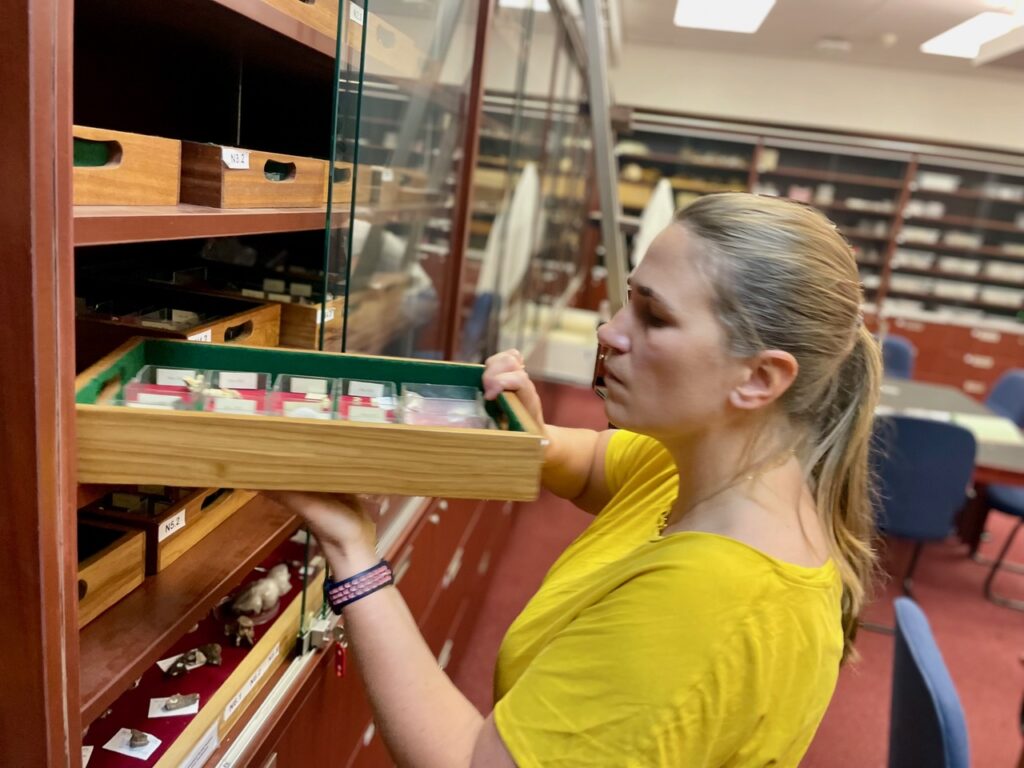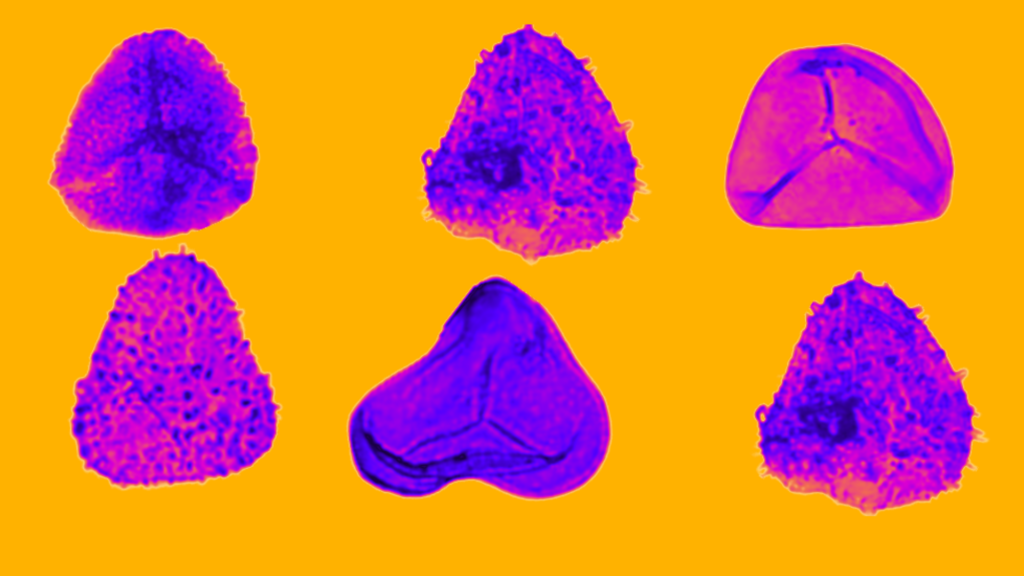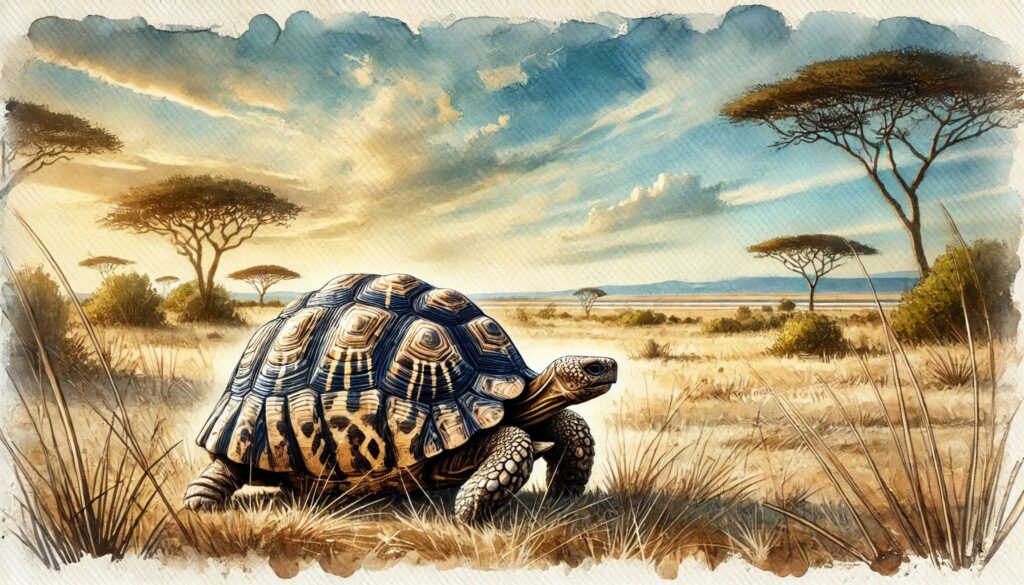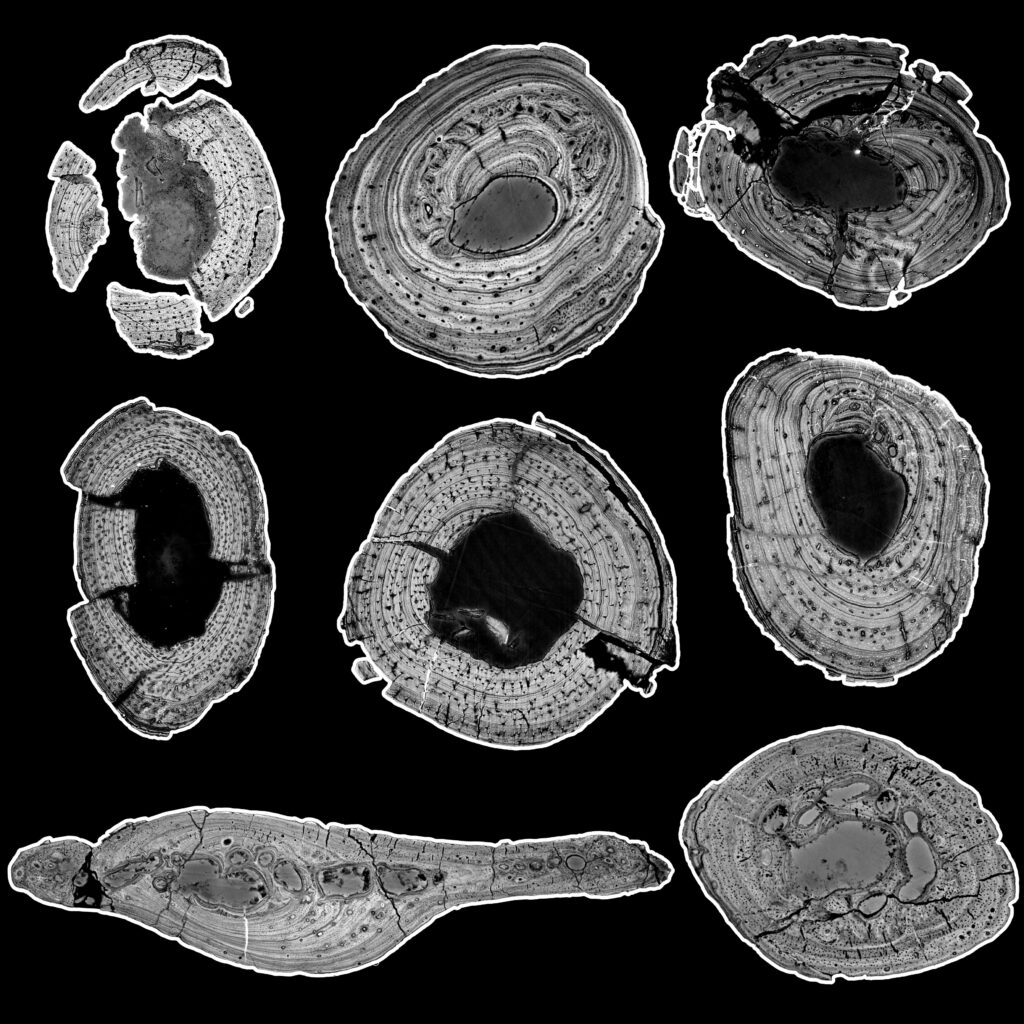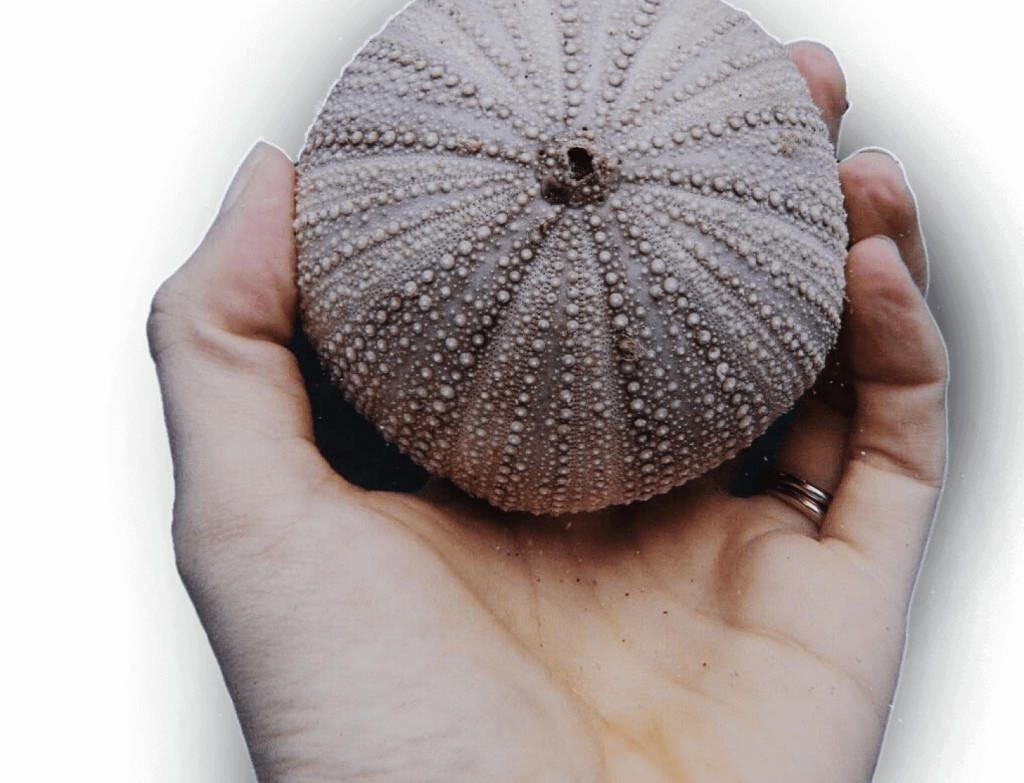Fossil frogs that broke the high jump record
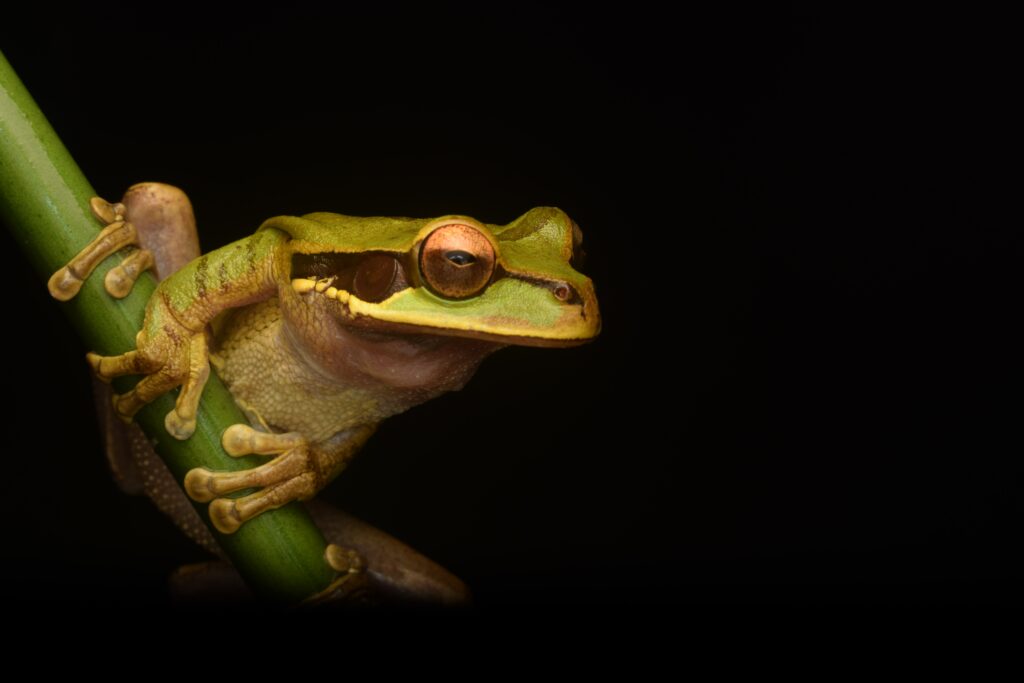
By Dr Thalassa Matthews
Frog bones are frequently found together with micromammal (mice, rats and shrews) cranial and postcranial remains in archaeological and palaeontological sites, including caves. These animals frequently arrive at the site via the activity of owls, which regurgitate the undigestible bones and teeth of their prey in the form of pellets. Over time, the pellets disintegrate, leaving behind the microfaunal remains, which are extremely useful to archaeologists and palaeontologists trying to build up a picture of past environments. Barn and Spotted Eagle owls have provided many such assemblages in South African west and south coast cave sites (read more here and here).
In the past, fossil frog bones frequently remained unanalysed due to a lack of comparative material, and information regarding their skeletons. The advent of CT (Computed Tomography) scanning has solved the problem of building up a comparative collection for frog skeletal morphology, and has opened the floodgate in terms of researching both modern and fossil frogs. Morphosource, for example, provides scans of the skeletons of frogs from all over the world.
Why study fossil frogs?
Fossil frogs can potentially provide vital palaeoenvironmental information as their breeding patterns and habits are closely linked to temperature and rainfall, and some species have very precise habitat requirements, or may be affiliated with a particular type of water body or environment (think arboreal tree frog, or the burrower, Breviceps, or the totally aquatic platanna (clawed frog)).
The multi-talented and adaptable frog
Frogs are impressively diverse, and occupy a wide range of ecological niches, including very arid environments. This ecological diversity is reflected in their behaviour, which is often complex, and includes monogamous frogs, and many species where the female, and in a surprisingly high number of cases, the male, invests a huge amount of energy into caring for offspring. A good example of this is the male African Bullfrog, which actively babysits, fiercely defending its tadpoles from predation, and digging trenches to prevent them from becoming stranded or beached.
The amazing versatility of frogs is well illustrated by the intriguing, and sometimes downright crazy, manner in which tadpoles may undergo metamorphosis: a species of South American, Poison Dart frog rears its tadpoles in a tiny pool of rainwater collected in the centre of a bromeliad plant. Tadpoles hatch from eggs laid under leaf litter, and are carried on the back of the frogs to their plant home. Males dip their legs into the water to see if the tadpoles are hungry, then, if so, give a special call to the female to lay unfertilised eggs to feed them.
Males of Darwin’s Frog species (found in Chile and Argentina) swallow the eggs laid by the females when they are close to hatching, and the tadpoles hatch and metamorphose in the safety of their father’s vocal sac. More prosaically, the burrower, Breviceps, endemic to southern and eastern Africa, spends much of its life underground, and its tadpoles metamorphose under a moist jelly layer in an underground burrow. In several other frog taxa, the male places the fertilised eggs on the female’s back, and a protective skin grows over them while they develop into tadpoles and/or froglets.
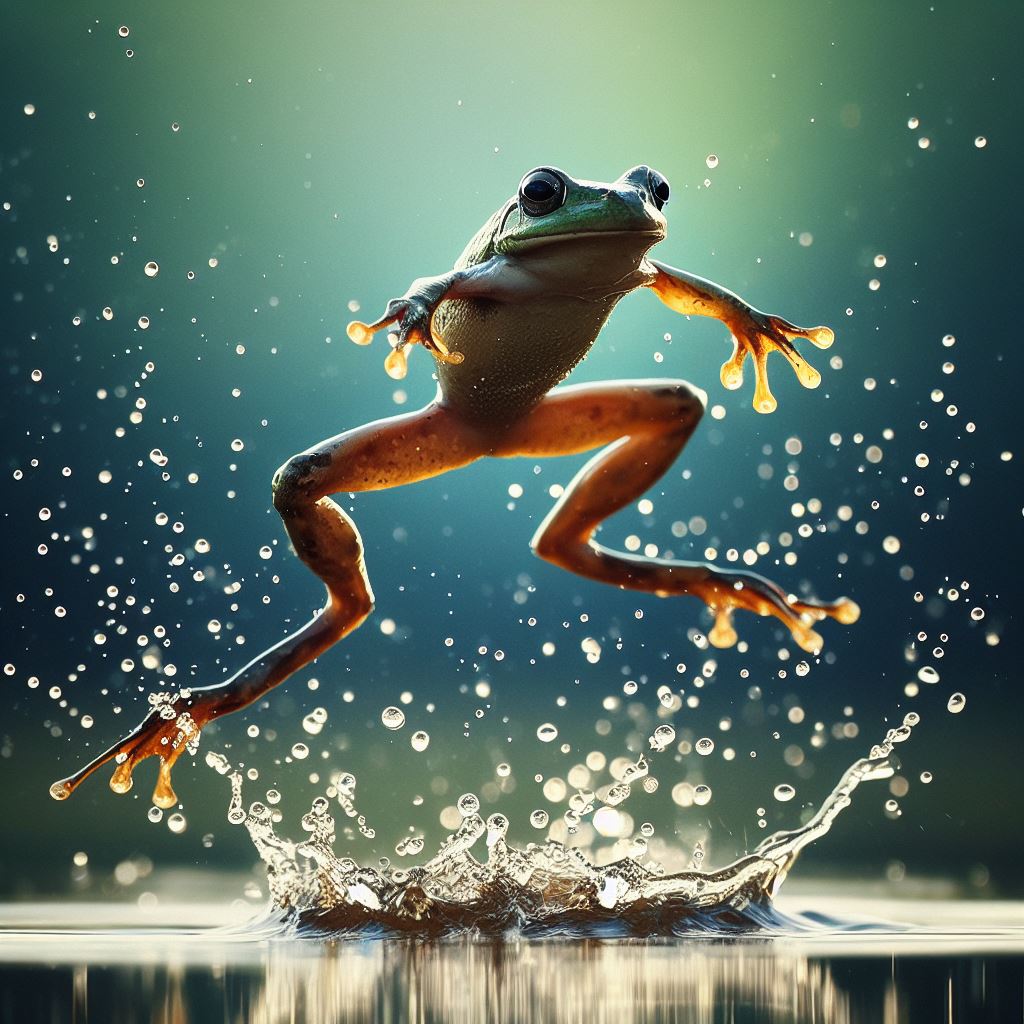
Frogs at the West Coast Fossil Park
The 5.1 million year old fossil site of Langebaanweg, now the seat of the West Coast Fossil Park (https://fossilpark.org.za/), is an excellent example of the insights frogs may provide into past environments. As a result of the phenomenally good preservation at the site, Langebaanweg has provided hundreds, even thousands, of fossil bones of groups of animals which are usually poorly preserved in the fossil record, including frogs. Previous to an analysis of the fossil frog community, there was no direct proxy for rainfall at the site, and it was assumed that the current aridity of the west coast was already in place at the time the fossils were accumulating. An analysis of the frog community clearly indicated that the west coast was not yet arid, and in fact received high rainfall. The identification of the genus Ptychadena, a currently summer-rainfall breeding species, provided support for the idea that the winter rainfall pattern on the west coast may not yet have been in place 5.1 million years ago.
An extremely odd frog
When I first began work on the Langebaanweg (LBW) frogs I knew almost nothing about frog skeletal morphology. However, as I started to sort through the thousands of bones, some particularly strange ilia (pelvic bones) provoked my interest. They were so odd, they even made me question my identification of them as frogs! Fast forward to when I had gathered comparative material in the form of actual frog skeletons donated by various helpful people, and from Computed Tomography (CT) scanning of numerous frog bodies preserved in alcohol, and stored at various national and international museums and universities.
By this stage, I had a much better idea of what the various frog bones looked like, and decided to focus further research on the ilium as this particular bone showed considerable variation between families and genera. The ilia were also suitable as, firstly, they play an integral part in locomotion, and reflect behaviour and ecology, and secondly, they were relatively well preserved and abundant. In addition, no differences were observed between the ilia of males and females, whereas I noted sex-related differences in the humeri (upper arms) of some taxa – undoubtedly related to breeding and amplexus (when the male grasps the female during fertilization of eggs).
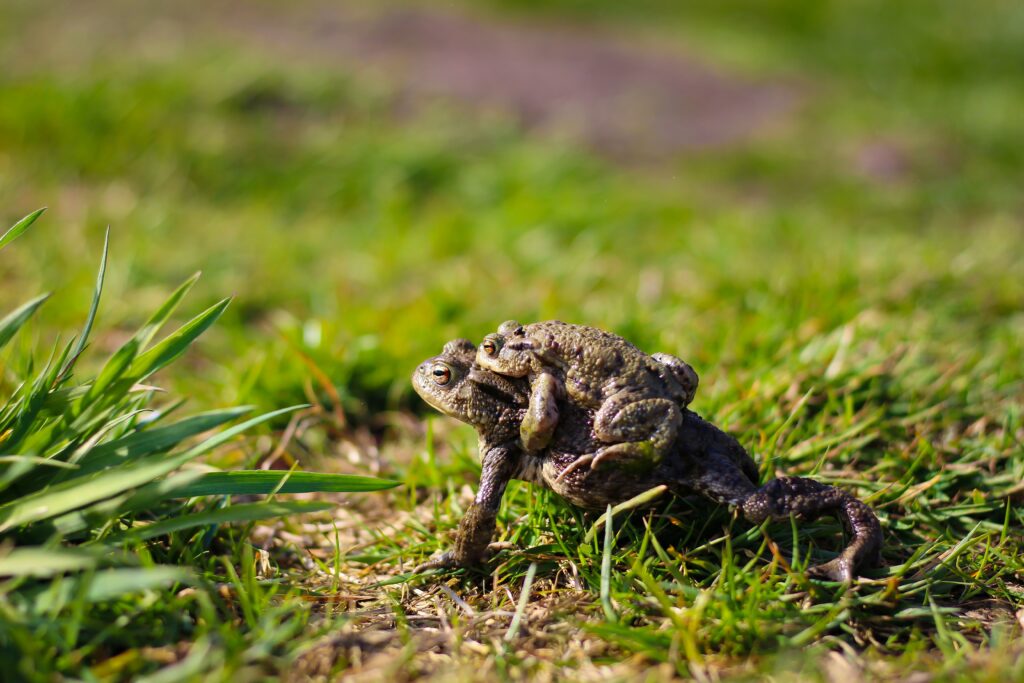
Cooper’s Cave D (CD), situated in the Cradle of Humankind in the North West Province, is younger than Langebaanweg by some 3.72 million years. While looking through microfauna from the site, excavated by Dr Christine Steininger, I was excited to find two fossil ilia which looked very similar to those from Langebaanweg. This was not an anomalous find in that the sites share several rat and mice genera; however, it was exciting to discover that this odd frog had been widespread in South Africa, and had subsisted over such a long period of time. I then noted ilia with similar features from Member 1 at the hominid-bearing site of Swartkrans (also situated in the Cradle of Humankind), which to date are unanalysed, but may well represent a third species.
How are the fossils different to modern frogs?
To unravel the mysteries hidden in ancient frog fossils, I teamed up with David Blackburn and Rachel Keeffe from the University of Florida. Together, we embarked on a fascinating journey to study and measure specific features of the hip bones—known as ilia—in all living southern African frog species from southern Africa (read the publication here).
With this data and information in hand, it became clear that the fossils from LBW and CD differed from all the extant southern African taxa, as well as the 35 other genera and species from other continents and islands (available online on Morphosource, which were visually compared to the fossils).
The fossils differed from extant frogs in a number of features, including an extremely broad ilial crest, exceptionally well defined ridges (the ventral ridge and lateral oblique ridge), and a uniquely robust tubercle for attachment of the glutaeus maximus muscle, which would presumably have facilitated strong, high jumps. These would have been stabilized by other features, such as a broad, deep acetabulum, the high dorsal crest, and a large cruralis muscle.
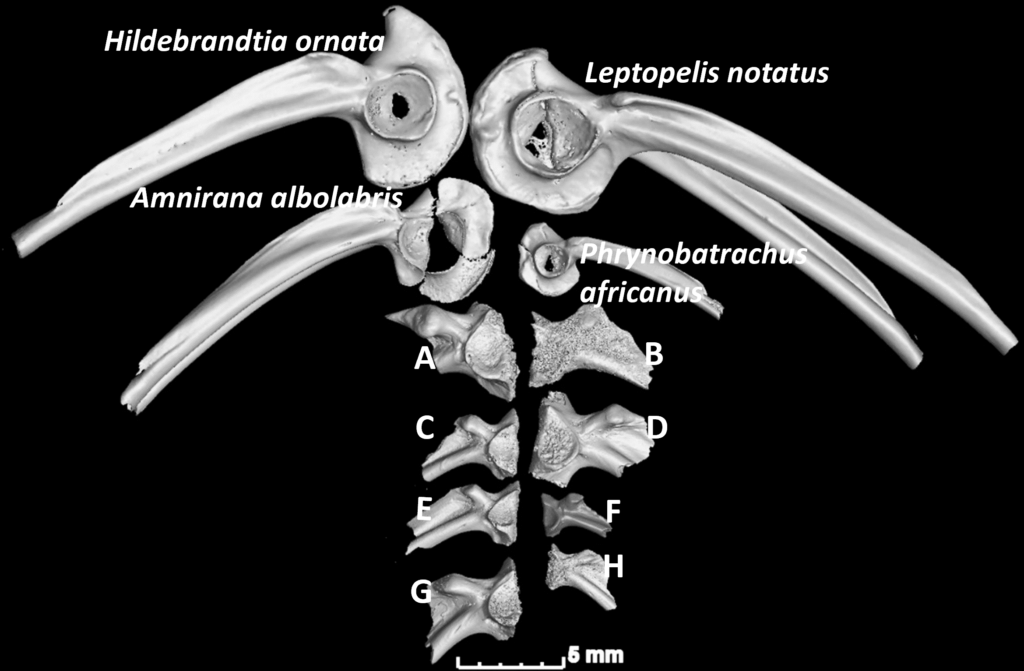
Top right, and down, Leptopelis notatus* (CAS253554), Phrynobatrachus africanus* (CAS199307), B) CD-18283B, D) SAM-PQL-70545-1, F) SAM-PQL-71161G, H) SAM-PQL-71161F)
* = extant taxa
A frog that breaks the high jump record?
It is not yet possible at this stage of research to ascertain if the taxa from LBW and CD represent a new genus or family, or, if the former, to what family this new genus belongs. The fossil ilia certainly suggest a novel and intriguing mode of locomotion not observed in extensive (admittedly not exhaustive) research into extant and fossil frog species. Their unusual morphology supports the suggestion that these frogs jumped particularly strongly and high, and would have been associated with a number of unknown variables relating to their ecological niche, predator avoidance, breeding strategies, etc. Frogs are known to show an advanced degree of parallel and convergent morphological evolution, and, to date, no ilia similar to those of the fossils have been identified. In my personal opinion, this tips the scale towards suggesting they represent a new, and extinct, frog family, which survived in southern Africa over millions of years, and was represented by two or more species. Further research will aim to tease out more information on their taxonomy and behaviour, and to ascertain which other Cradle of Humankind sites contain similar taxa.
Dr Thalassa Matthews is a research associate at Iziko Museums of South Africa. She continues to research the micromammals from a number of palaeontological and archaeological sites from all over South Africa. Her speciality is microfauna, that is small mammals such as mice, rats, shrews, mole rats, and frogs. The palaeo distributions and biogeographies of these small fauna are of particular interest to her.
